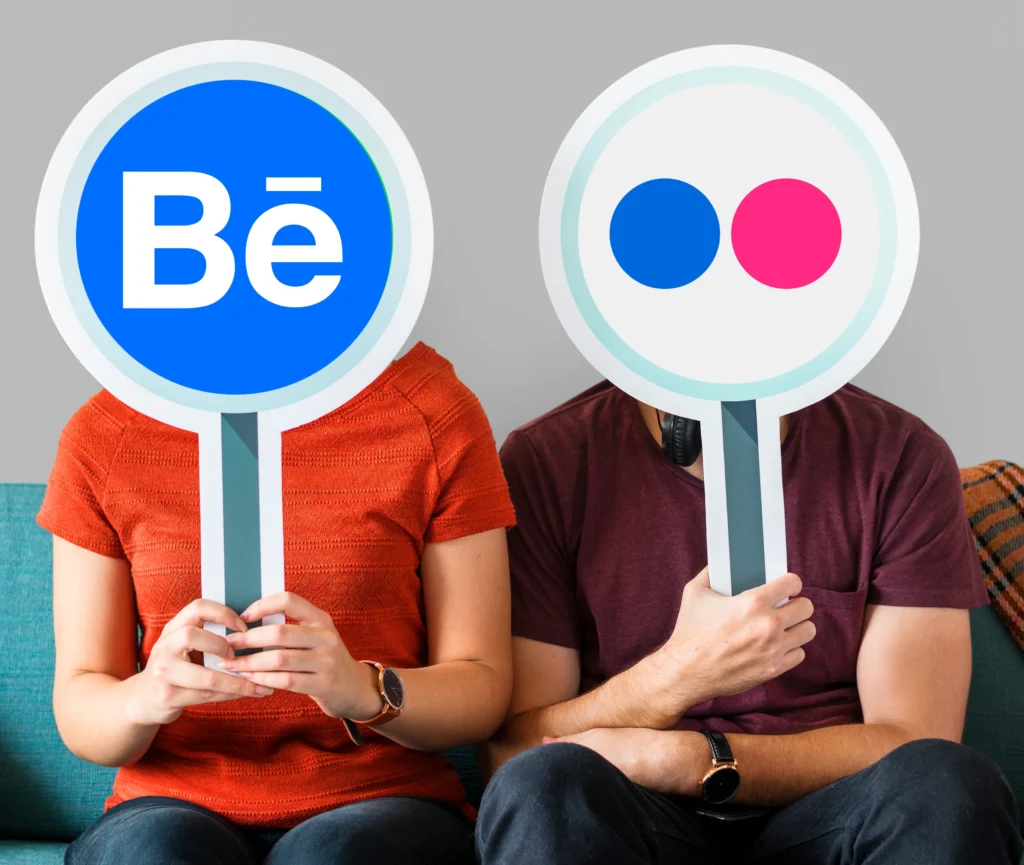In the fast-evolving world of digital marketing, advertising is no longer limited to TV commercials or billboards. Businesses of all sizes now use online paid ads to drive traffic, generate leads, and boost sales. But terms like Google Ads and paid ads are often used interchangeably — and that can create confusion.
Let’s break down the difference and help you choose the right strategy for your business.
What Are Google Ads?
Google Ads is Google’s own advertising platform. It allows you to show ads across various Google-owned properties and partner networks. These include:
- Search Ads (text ads in Google search results)
- Display Ads (image ads on websites in the Google Display Network)
- YouTube Ads
- Shopping Ads
- App Promotion Ads
Google Ads is primarily intent-based — meaning you’re targeting users actively searching for something (e.g., “best CRM software” or “buy sneakers online”).
What Are Paid Ads?
Paid ads is a broader term that covers any form of online advertising where you pay to promote your content. It includes:
- Google Ads
- Meta Ads (Facebook & Instagram)
- LinkedIn Ads
- X (Twitter) Ads
- TikTok Ads
- Pinterest Ads
- Native and Programmatic Ads
Each platform has its own targeting style. While Google Ads targets search intent, platforms like Meta and TikTok focus on interests, behaviors, and demographics.
Which Should You Use?
- Choose Google Ads if:
- Your product/service solves a specific problem users are actively searching for
- You want measurable conversions like leads, purchases, or calls
- Your sales funnel is already optimized
- Choose Other Paid Ads (Facebook, LinkedIn, TikTok, etc.) if:
- You want to build awareness or nurture top-of-funnel interest
- You’re running a visually compelling campaign or story
- You’re targeting a niche audience (e.g., job titles on LinkedIn, interests on Meta)
Pro Tip: Combine Both
The smartest marketers don’t pick one — they build multi-channel ad strategies. For example:
- Use Google Ads to capture high-intent traffic
- Use Meta Ads for retargeting or awareness
- Use LinkedIn Ads to reach professionals and decision-makers
This layered approach ensures you’re visible at every stage of your customer’s journey.
Final Thoughts
The real difference between Google Ads and paid ads lies in scope and strategy. Google Ads is a specific — and very powerful — platform. Paid ads are the broader category that includes it, along with many others.
If you’re just starting out, begin with one platform based on where your audience spends time. Then scale as you grow.
Need help choosing the right platform for your business?
Let’s chat! Reach out for a free audit or consultation.
